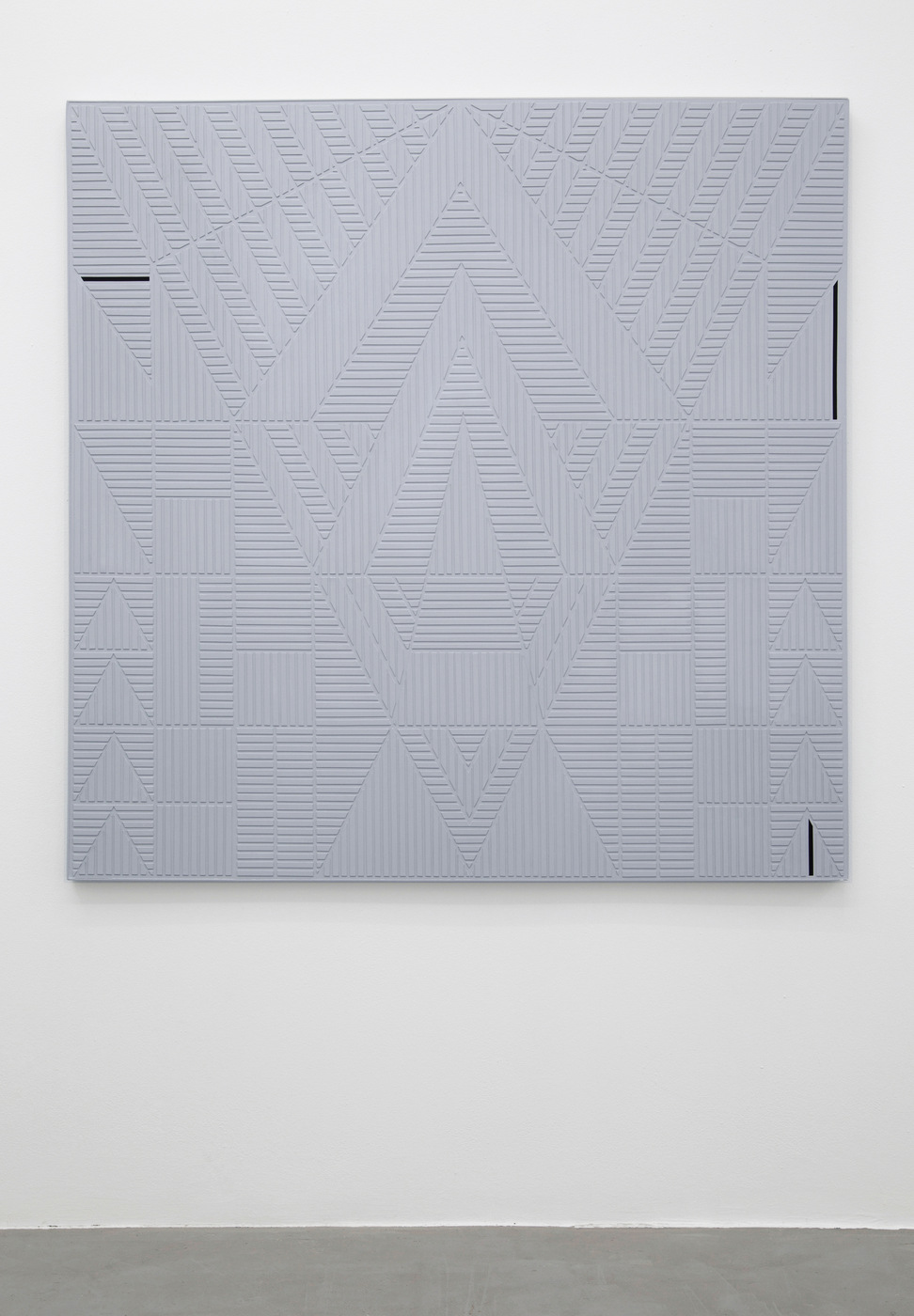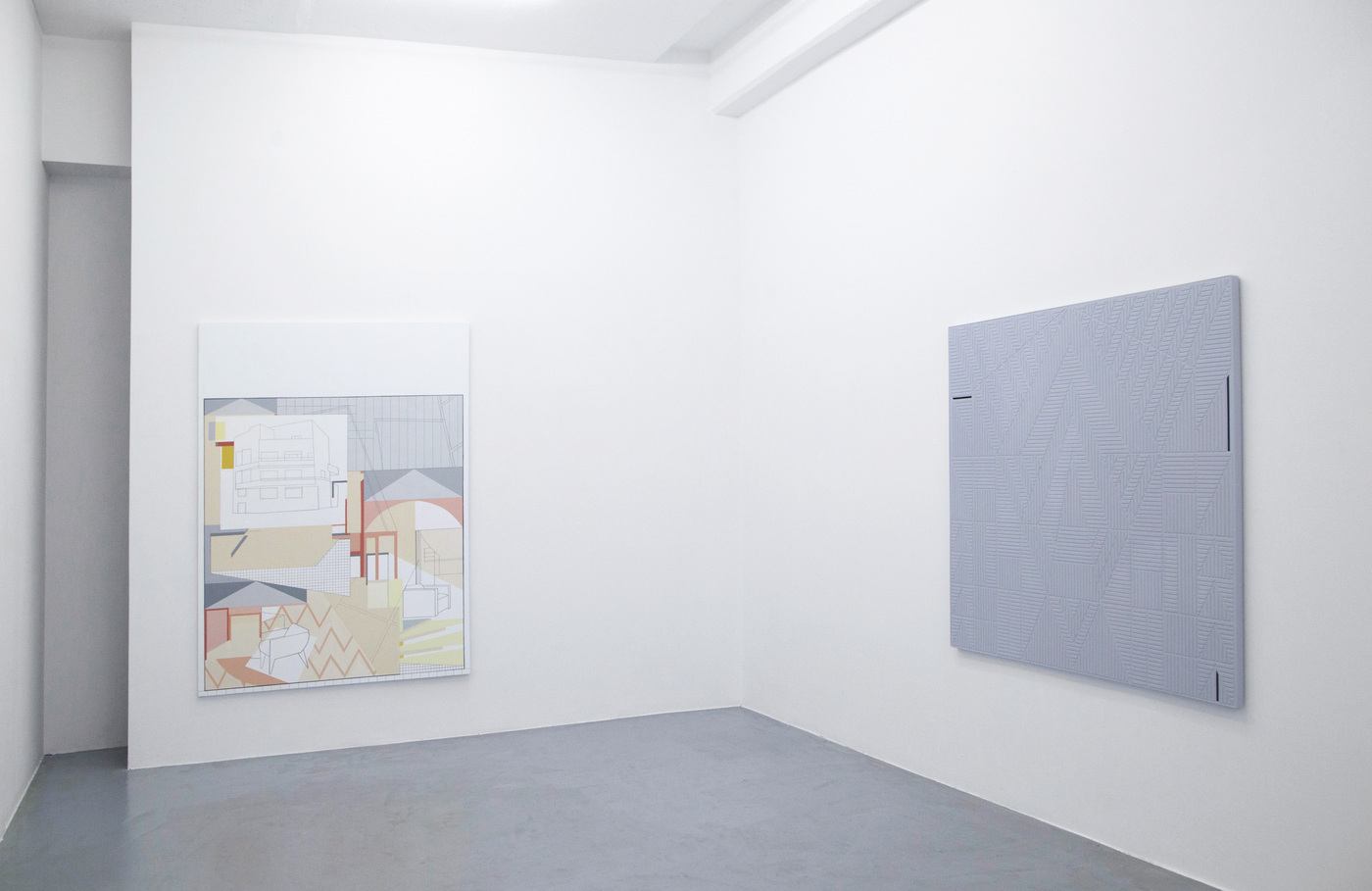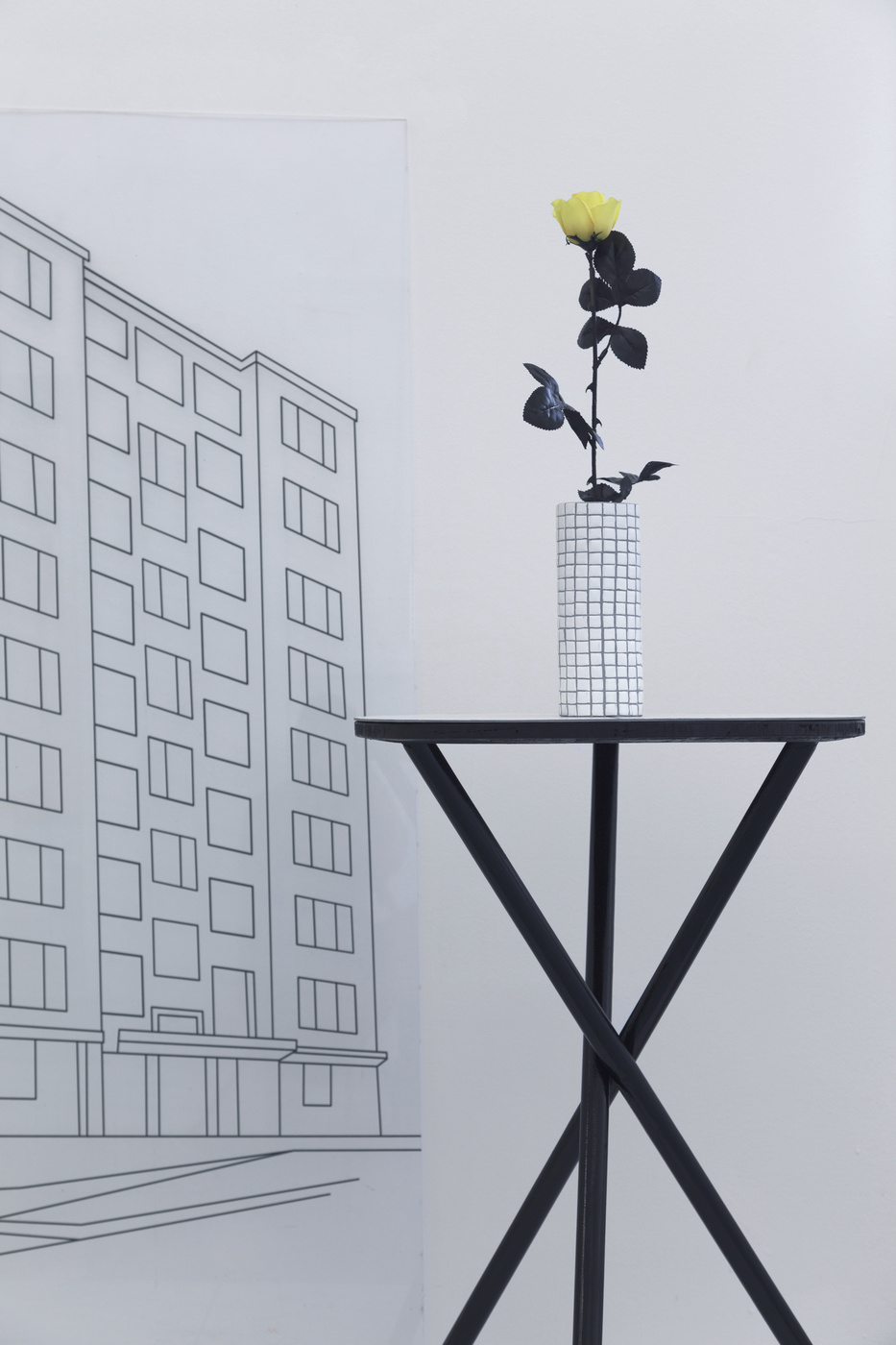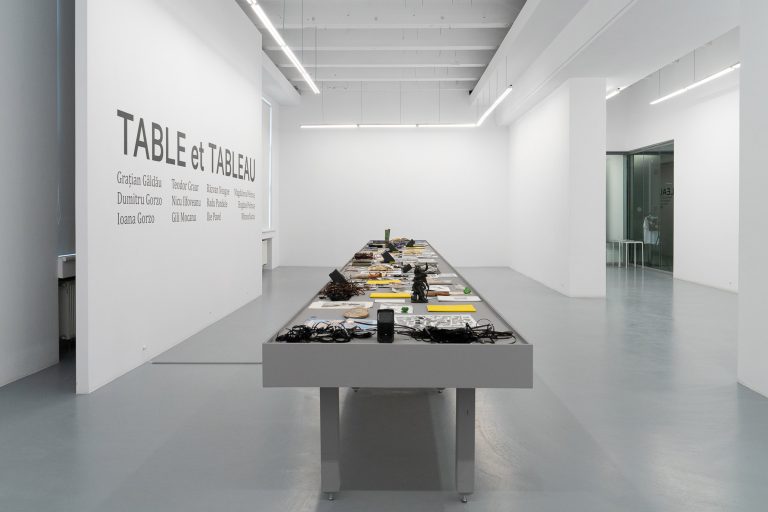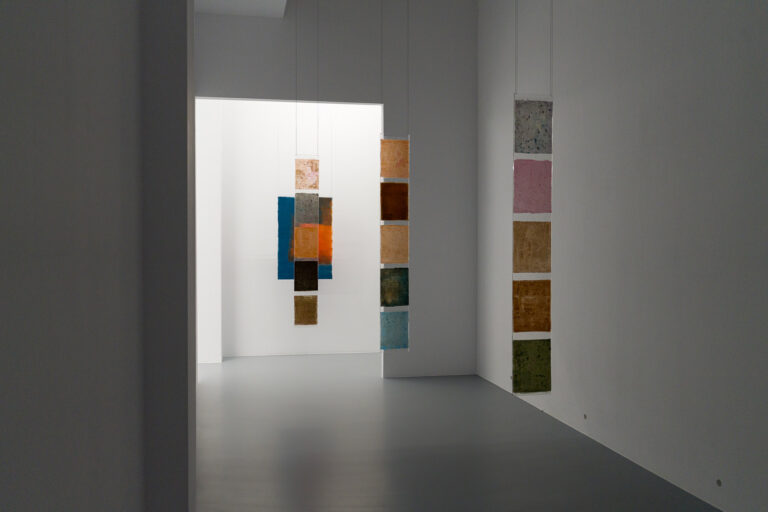Artist: Arantxa Etcheverria
Exhibition title: Architectures
Venue: BARIL, Cluj, Romania
Date: September 30 – November 25, 2016
Photography: all images copyright and courtesy of the artist and BARIL
KNOWING ARANTXA
Have you ever wondered why we enjoy the film adaptation of a book? As we are already aware about the plot, probably we are seeking to get a proper image of the main character, methinks. Our imaginary projection needs to be confirmed. In other words, we have the need to see … Gatsby. From time to time, weather reading a novel or being enchanted by an art work, those things that happened to haunt my mind days on end I question myself about the author. I mean about his appearance: the way he speaks, how he is dressed up, about his gestures. I need to see whether I could gather this guy’s friendship. The best description of these feelings belongs, by all means, to the iconic author of our teenage, J.D.Sallinger: “what really knocks me out is a book that, when you’ re all done reading it, you wish the author that wrote it was a terrific friend of yours and you could call him up on the phone whenever you felt like it.” Says Holden Caulfield, the fictional teenager protagonist and narrator of 1961 novel, The Catcher in the Rye. “That doesn’t happen much, though”, he adds.
Knowing Arantxa Etcheverria wasn’t slightly different. The exoticism of her name circulating in our domestic environment at first triggered me up. Nowadays modus operandi made me to google for it. Common thing, but not random, I would say! The Internet (interconnected network) was straight and prompt: Arantxa Etcheveria was born in France and, since 2000, she’s been living and working (as we use to say in concern of artists life’s’) in Bucuresti, Romania. She has studied stenography in Strasbourg and visual arts in Nice. Shortly after, I have discovered her in a group exhibition in Timisoara. What a revelation! I’ve discovered in a stenography’s drawings the Internet itself. It appeared to me that Arantxa Etcheverria is preoccupied to create networks, dots linked by straight or curved lines in a complex formalism that raises directly (as tautological as it may sound!) from Euler Theorems or graph’s theory and all that stuff. (graphs = an ordered pair of finite nonvoided multitudes of elements: knots or tips and edges or arcs, according to Wikipedia)
One might initially think that the networks Arantxa Etcheveria draws are meant to be definitions of the space, forms far away from savant templates, lines deliberately kept clean, whose poor symmetry, though, suggests a more elaborate driving reason. Simple, therefore insufficient! Because under the power of the network lines we decipher as in a delicate engraving the fine lace-works of the architectural details, cornices or frontons or entire silhouettes of some of the Art Deco houses in Bucharest, in a process of affectionate recovering or, more complex even, of sketching (pun intended, we’re talking about drawings!) some cultural relationships. After all, any network knot represents the intersection of lines, which in their turn, unite other knot points. The discretion by the means of which the background objects are figured doesn’t hide though the obsession for one of the houses designed by Marcel Iancu (the Solly Gold building), which becomes significant both for the subtlety and the rational component of her art. There is no doubt that site-specific pieces and installations form the core of her artistic approach.
In other of her works – somewhere in her correspondence, a naughty typo calls them “tablurii” (in Romanian, something like “pointings”) – she inserts silhouettes whose gray shades give them an unearthly appearance and therefore an odd sensuality. Some other times, her templates are presented on surfaces resembling the prints on the linoleum used in the country kitchens, a contrast so violent that it suggests a process of exorcising the kitsch. Finally, her art installations are superpositions of geometrical forms who repeat the details of some of the metallic constructions that the artist captured photographically in her (probably melancholic, definitely solitaire) expeditions throughout the city. Still, all of these elements are united by a certain accuracy of the work, by a certain cleanliness which accentuates the lucidity you suspect behind the composition, something that engenders the comforting feeling of safety.
This delicate and minute elegance of her works is, I believe, the engine pushing me forward towards knowing Arantxa Etcheveria. I am convinced that, when I’ll meet her, I will find her spreading out rye grains over architectural sketches, in an expressive manner, in a mute choreography, a gesture similar to Holden Caulfield’s despair “PEOPLE NEVER NOTICE ANYTHING”
–Tiberiu Adelmann

